Dungeons are a main gameplay feature in Diablo 4 mmany of which will have a Legendary Aspect tied to them on the its first completion. These allow you to imprint Aspects onto any equipment which can help fine-tune your builds. This page will explain exactly how dungeons work in Diablo 4.
What Are Dungeons?¶
Throughout the map, you’ll come across entrances that lead to an instanced, structured area that will have you complete randomized objectives which normally lead to a boss, although this isn’t always the case. Every time you enter a dungeon, the layout of the map will change, and you’ll get a set of objectives to complete before you can progress further, some of these are:
- Find Keys to open a door (normally to a boss).
- Defeat all enemies.
- Find two Mechanical Boxes and place them on pedestals.
- Activate two Levers to open a door.
- Destroy three Corpse Piles.
- Activate the Gate Winches.
- Defeat the Bandit Sentries.
- Destroy the Skeletal Construct.
At the end of a dungeon, you’ll normally be met by a boss who has the chance to drop some loot. As you progress through the game, you’ll unlock different types of dungeons such as “Keyed Dungeons” and “Nightmare Dungeons” which we’ll talk about in further detail below.
Why Should I Complete Dungeons?¶
As stated above, the majority of dungeons will reward you with a Legendary Aspect upon first completion. These are incredibly powerful and can be placed on your gear via the Occultist that resides in many towns. Aspects can add to, or change your builds dramatically, and will play a big part in the end-game. This alone is more than enough reason to do the dungeons, but there is more.
Most dungeons have bosses at the end, and bosses generally drop better loot, so they can also be a good way to gear up your character. On top of that, you’ll regularly run into elite enemies, and later in the game, champion enemies that also have a higher drop rate for better equipment. And if that wasn’t enough, there’s also a chance to run into scary boss-type enemies like ![]() The Butcher who has a chance to spawn in any of the dungeons and can drop Unique gear. Finally, you need to complete dungeons to max out Renown in the region as each dungeon rewards renown upon completion.
The Butcher who has a chance to spawn in any of the dungeons and can drop Unique gear. Finally, you need to complete dungeons to max out Renown in the region as each dungeon rewards renown upon completion.
(1 of 2) Completing a dungeon will reward you with a first-time completion reward as well as any loot that the boss may have.
Completing a dungeon will reward you with a first-time completion reward as well as any loot that the boss may have. (left), While in a dungeon, you could be surprised by a special boss-type enemy like The Butcher, who can appear in any dungeon. These offer unique rewards if they’re defeated. (right)
Can Dungeons be played in Multiplayer?¶
Like any content (other than specific story stuff) in Diablo 4, you can team up with four people, and dungeons aren’t any different. As of right now, there isn’t a matchmaking tool, so you’ll need to invite people individually from your friends list.
Exiting Dungeons¶
When you finish a dungeon, you can exit it by opening up the action wheel (

Open the action wheel, and select the “Exit Dungeon” emote to leave the dungeon.
How to Reset Dungeons¶
If you find a dungeon you particularly like whether that be because of the loot it can drop, or you want to farm it for a specific drop. You’ll be glad to know you can reset a dungeon as many times as you like, although some dungeons will be restricted. To reset a dungeon, first exit it, then open the world map. Open up the journal on the right of the screen, and you’ll have the “Reset Dungeons” button at the bottom.
To reset a dungeon, go into the map, then your journal, and at the bottom will be a “Reset Dungeons” button. This won’t reset story dungeons.
Keyed Dungeons¶
Once you’ve progressed the game a bit, you’ll get a chance to do Keyed Dungeons which introduce greater challenges by adding dungeon affixes. You can find keys throughout the world of Sanctuary, and these will upgrade a dungeon into an endgame version which will have increased difficulty for greater rewards. These are meant to have “strategic depth”, and “variety” due to the dungeon affixes that will be displayed to you before entering them.
Nightmare Dungeons¶
These dungeons can only be operated on the Nightmare difficulty and can only be unlocked with a specific Nightmare Sigil. Each sigil attunes to a specific dungeon in the world, and will offer special modifiers to the dungeon similarly to Keyed Dungeons. The difference with Nightmare dungeons is that these get exponentially more difficult as the dungeons themselves will drop more Nightmare Sigils with harder modifiers. This means that you’ll have a higher chance at better gear drops due to the harder difficulty.
Capstone Dungeons¶
Capstone dungeons are available at the end of the campaign which you’ll need to conquer to unlock the next world tiers. ![]() Cathedral of Light is the first one which can be accessed at the end of World Tier II and will unlock World Tier III. Then you have the
Cathedral of Light is the first one which can be accessed at the end of World Tier II and will unlock World Tier III. Then you have the ![]() Fallen Temple dungeon at the end of World Tier III which is required for World Tier IV.
Fallen Temple dungeon at the end of World Tier III which is required for World Tier IV.
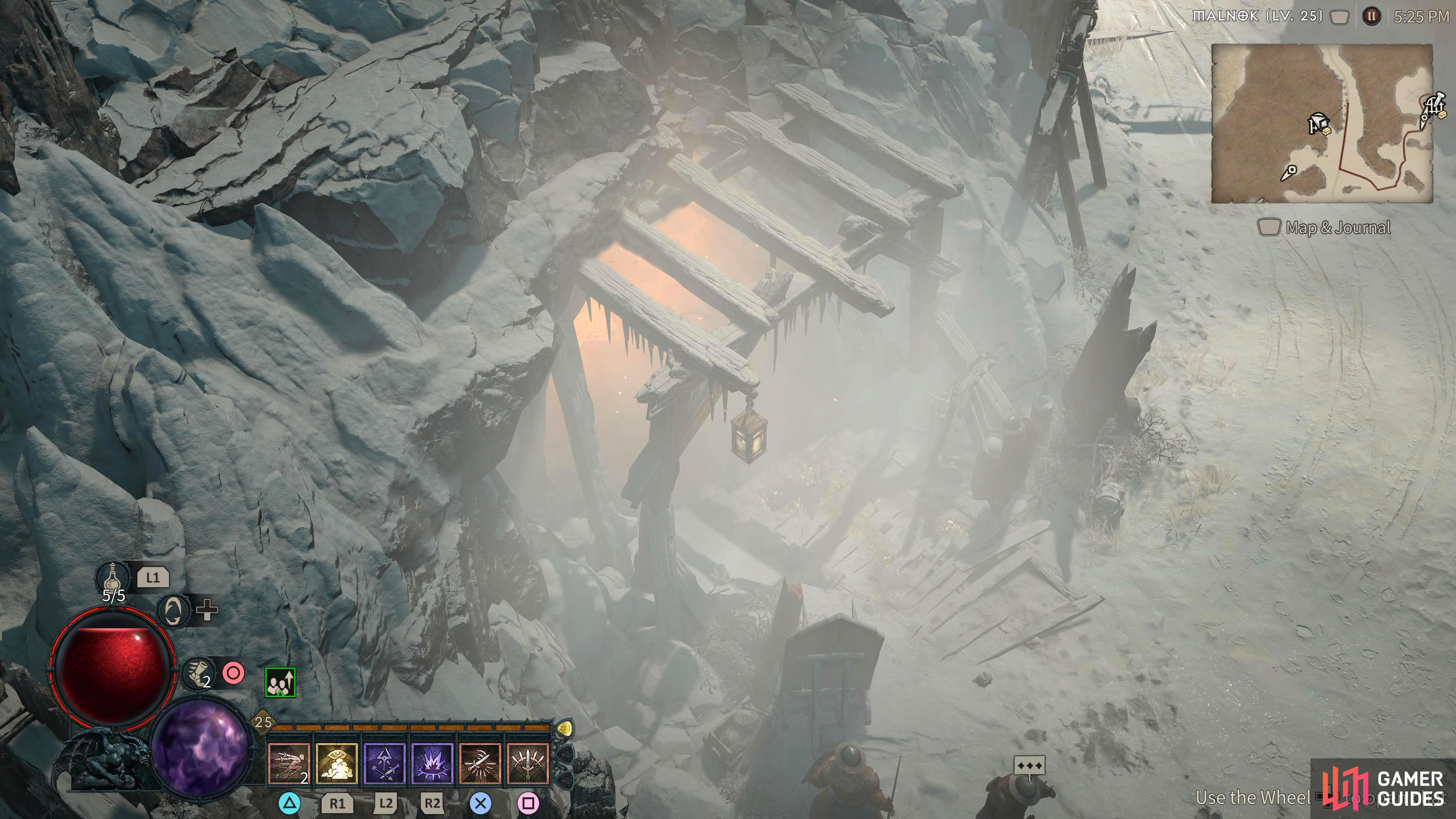
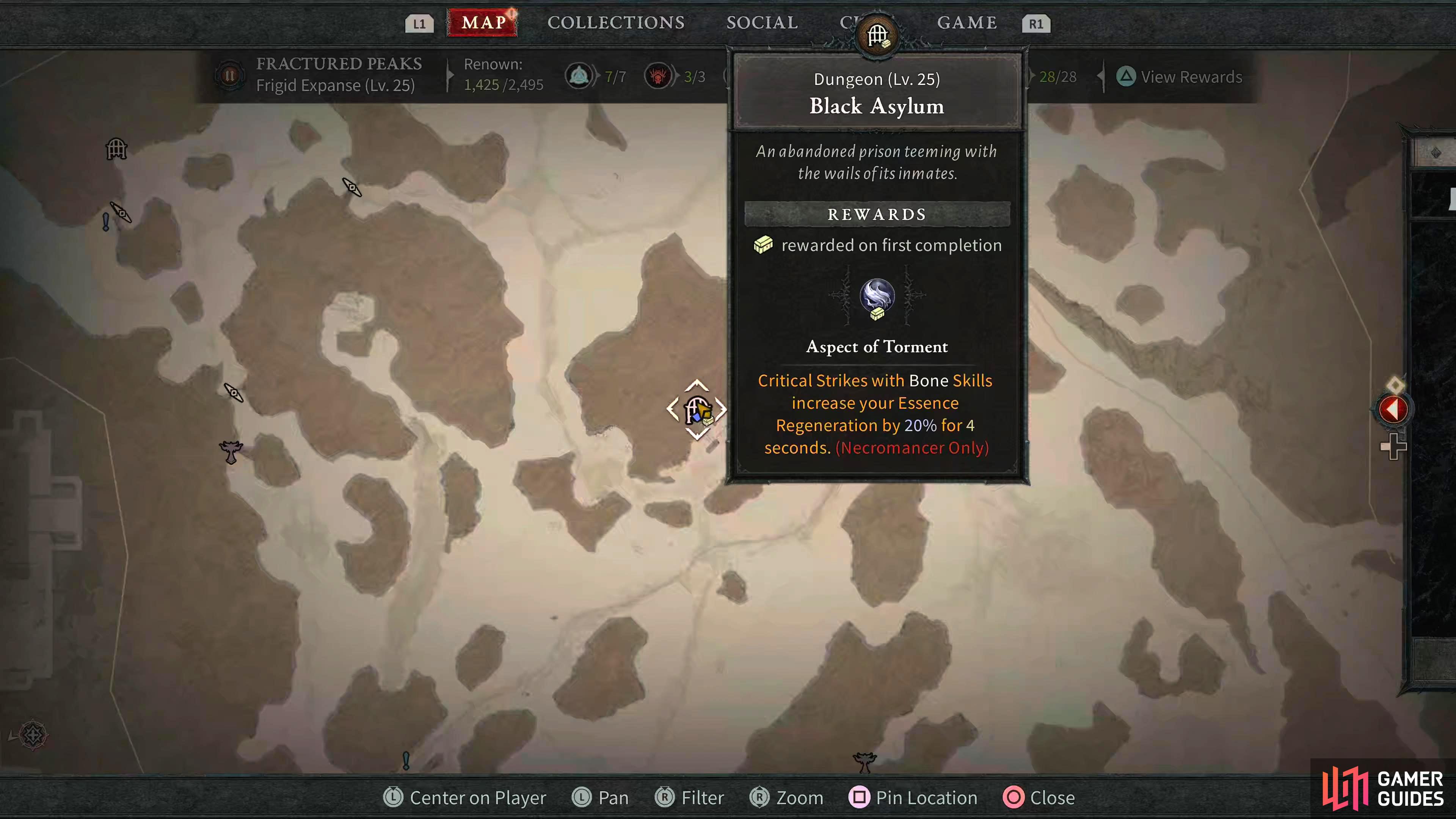
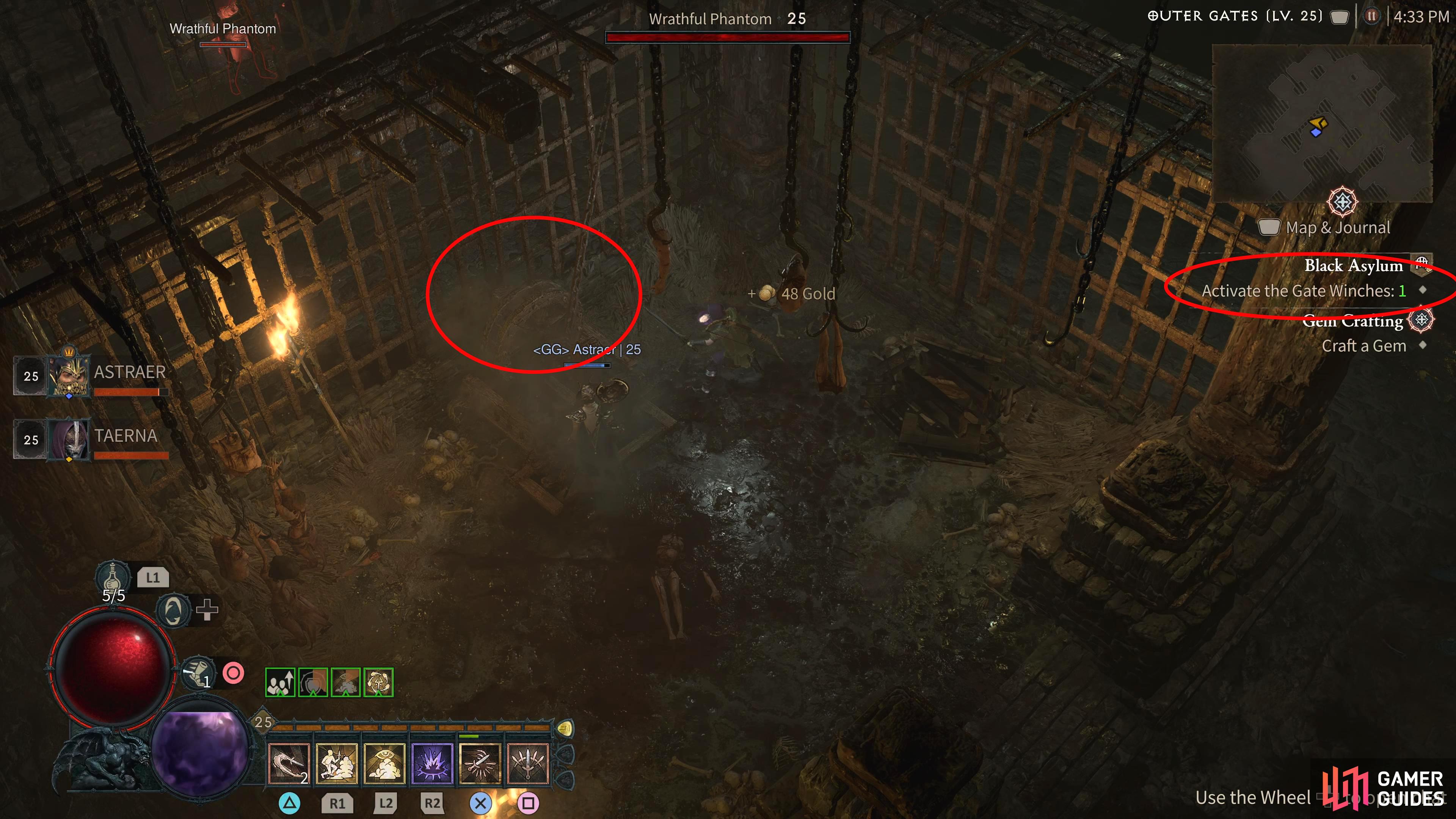
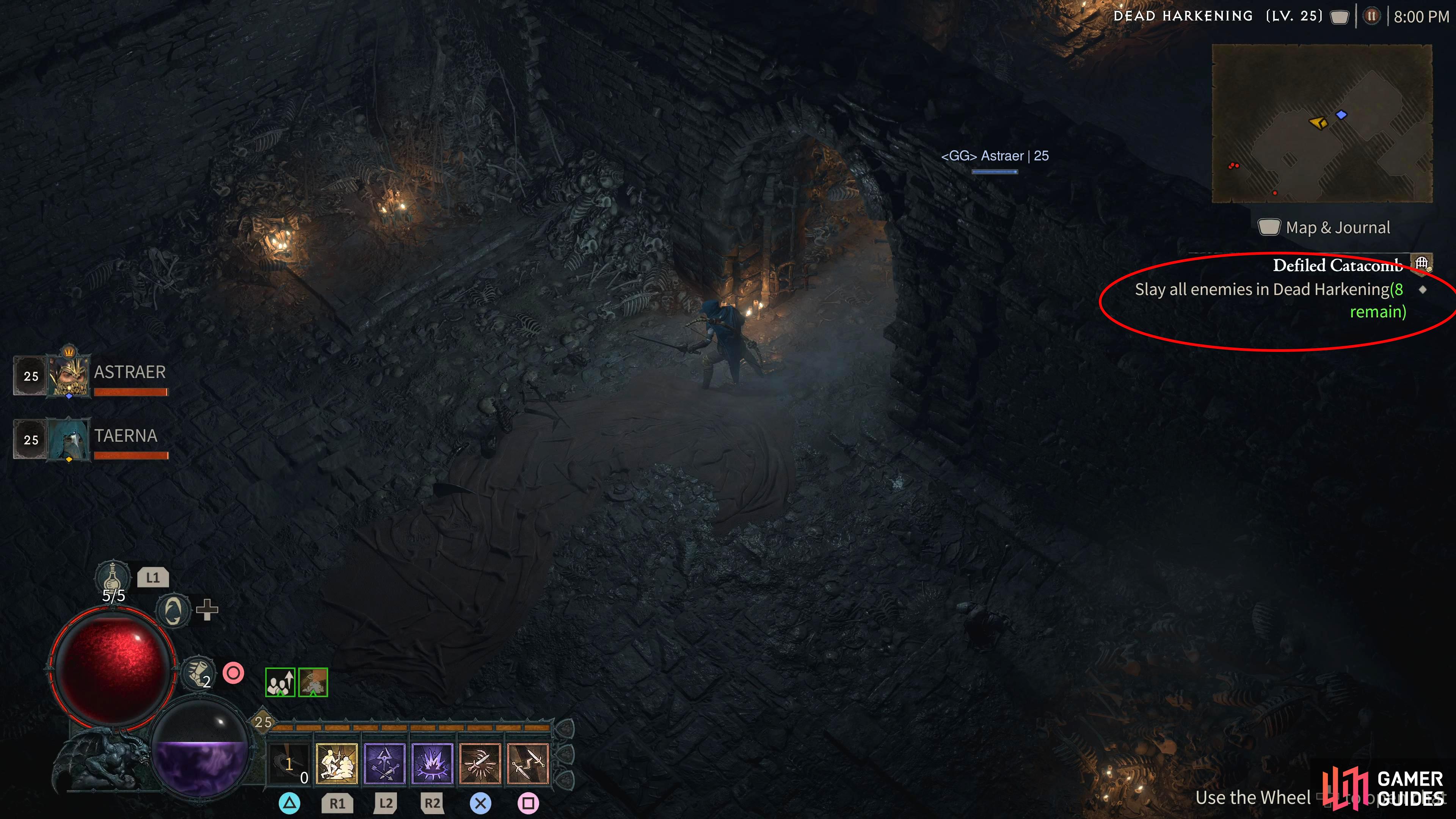
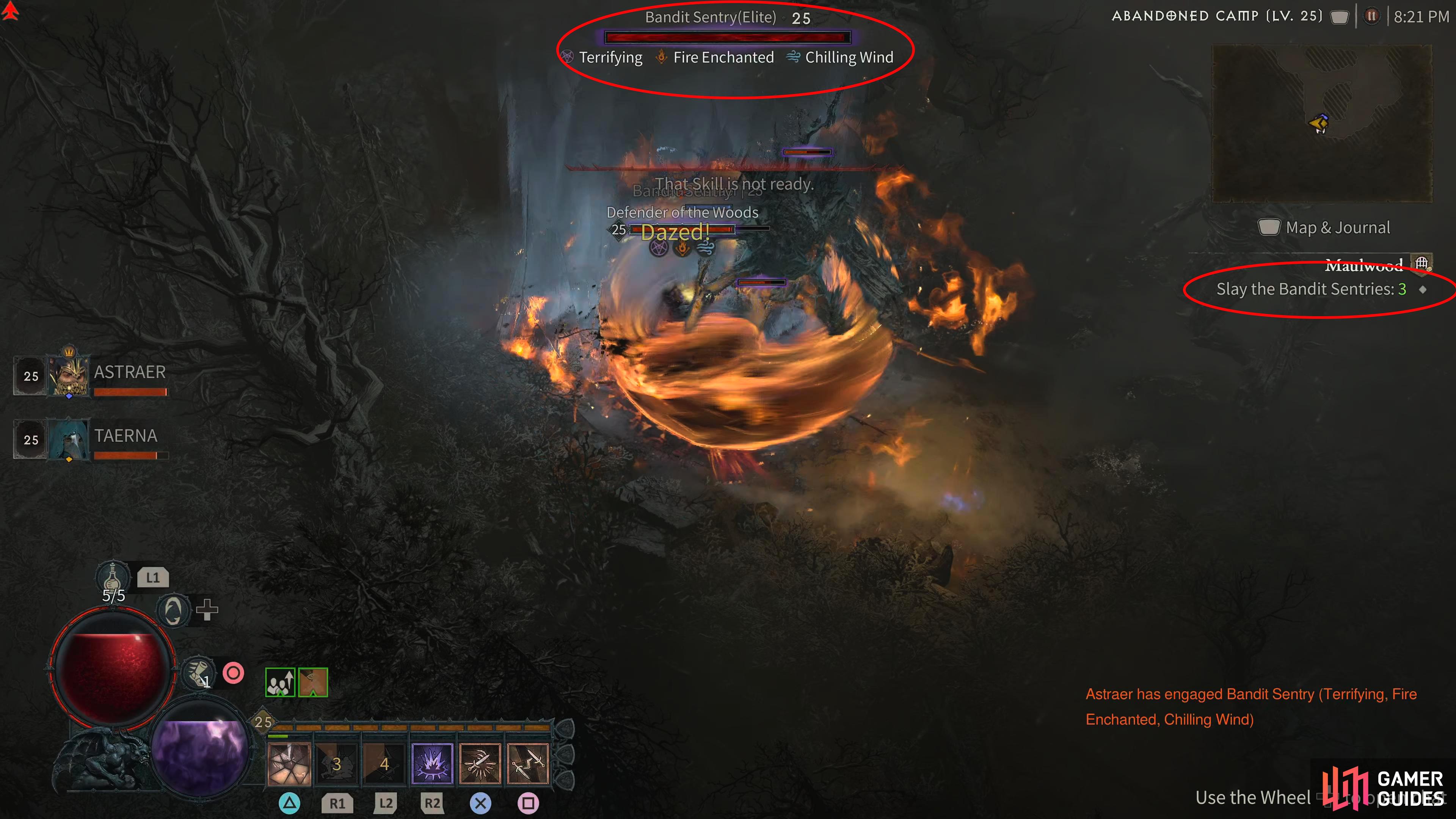
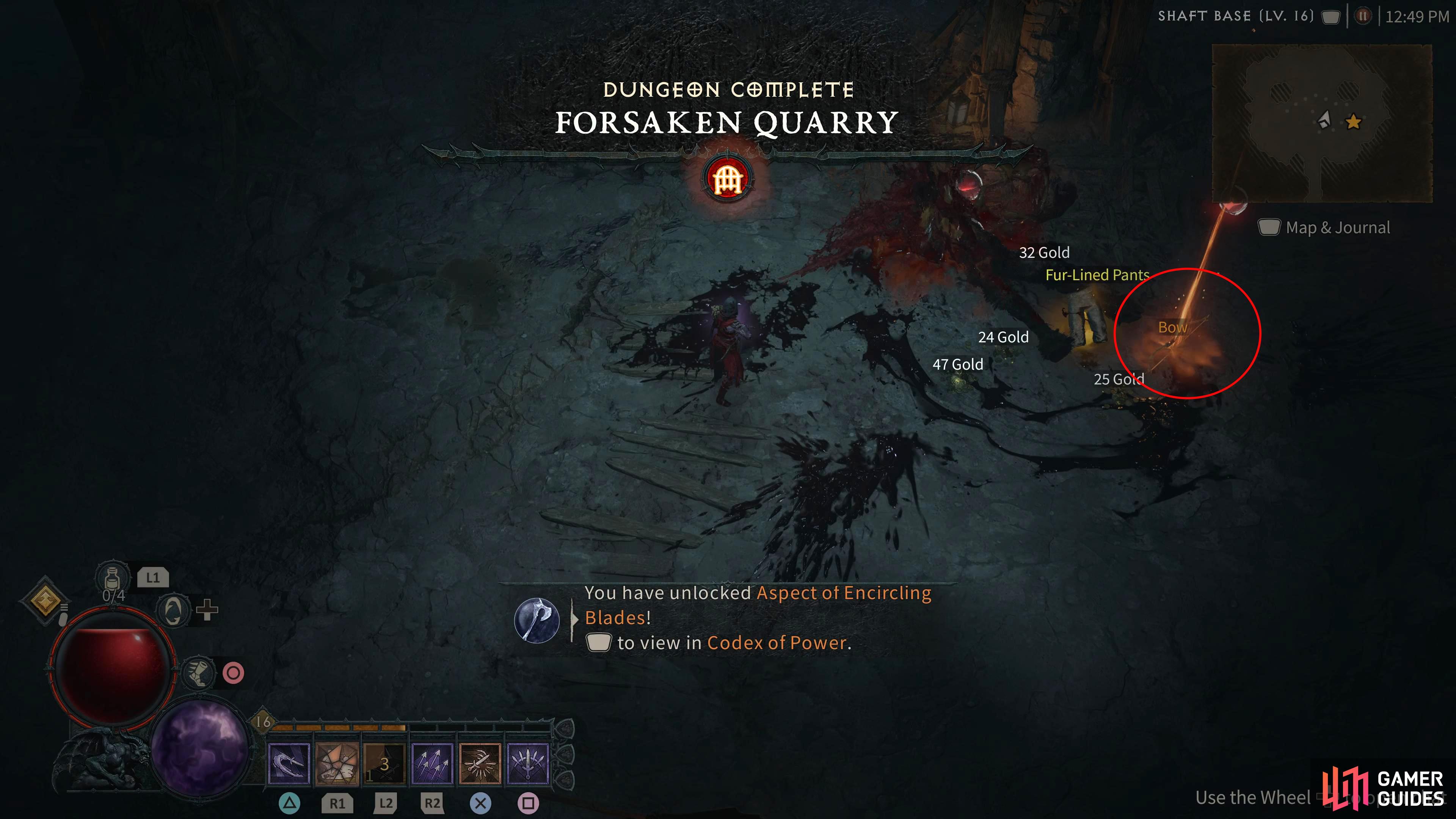
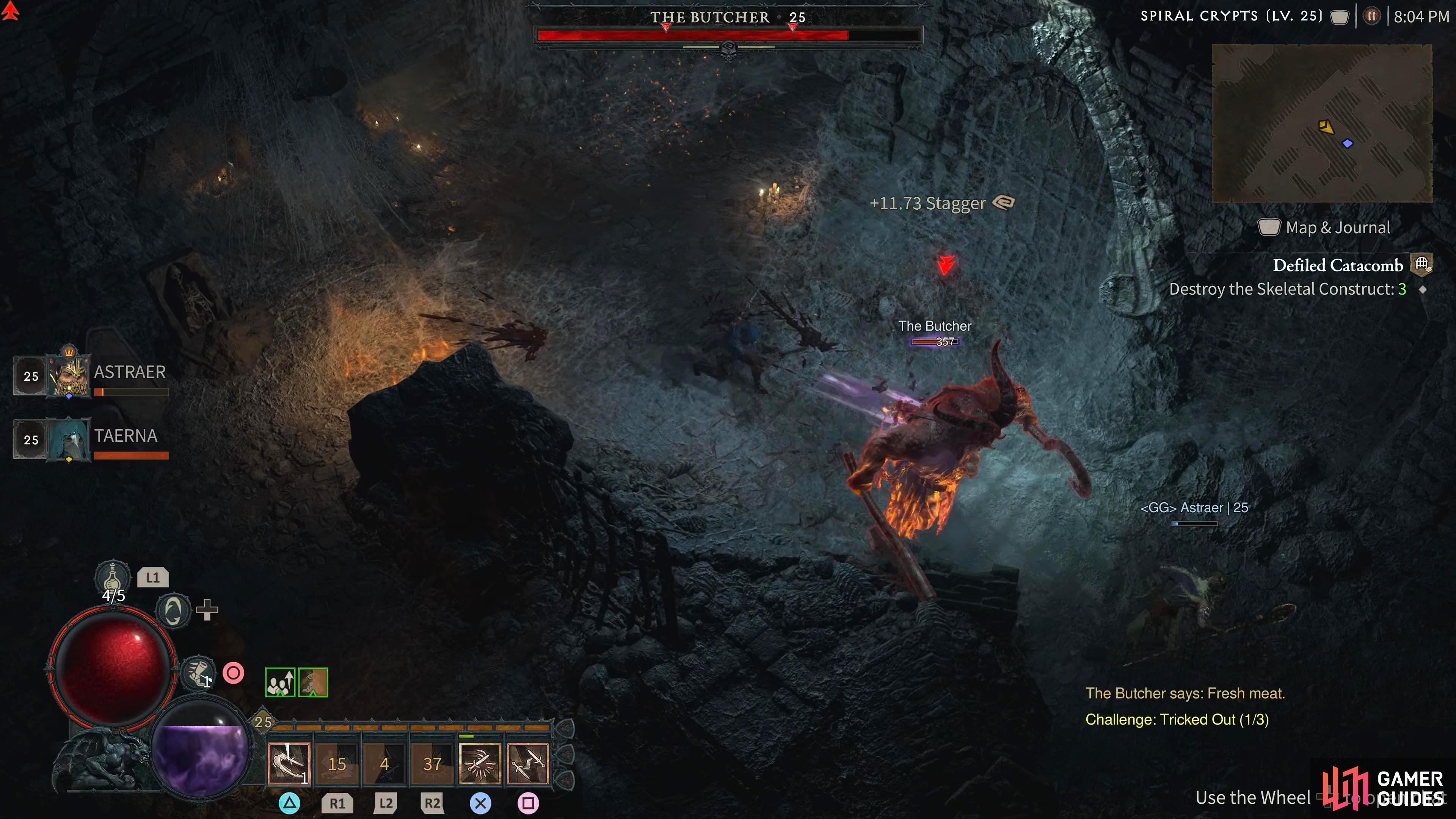
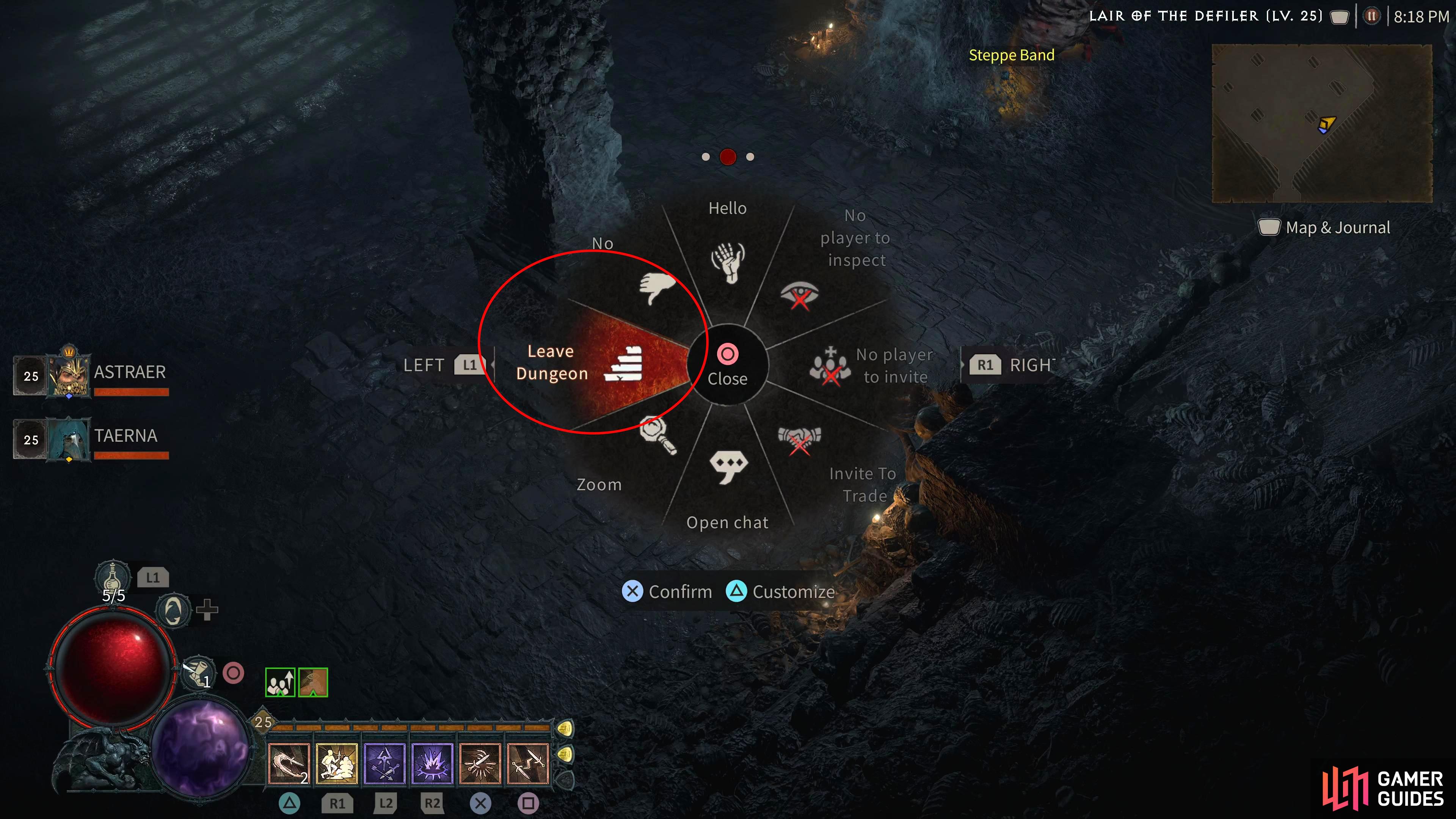
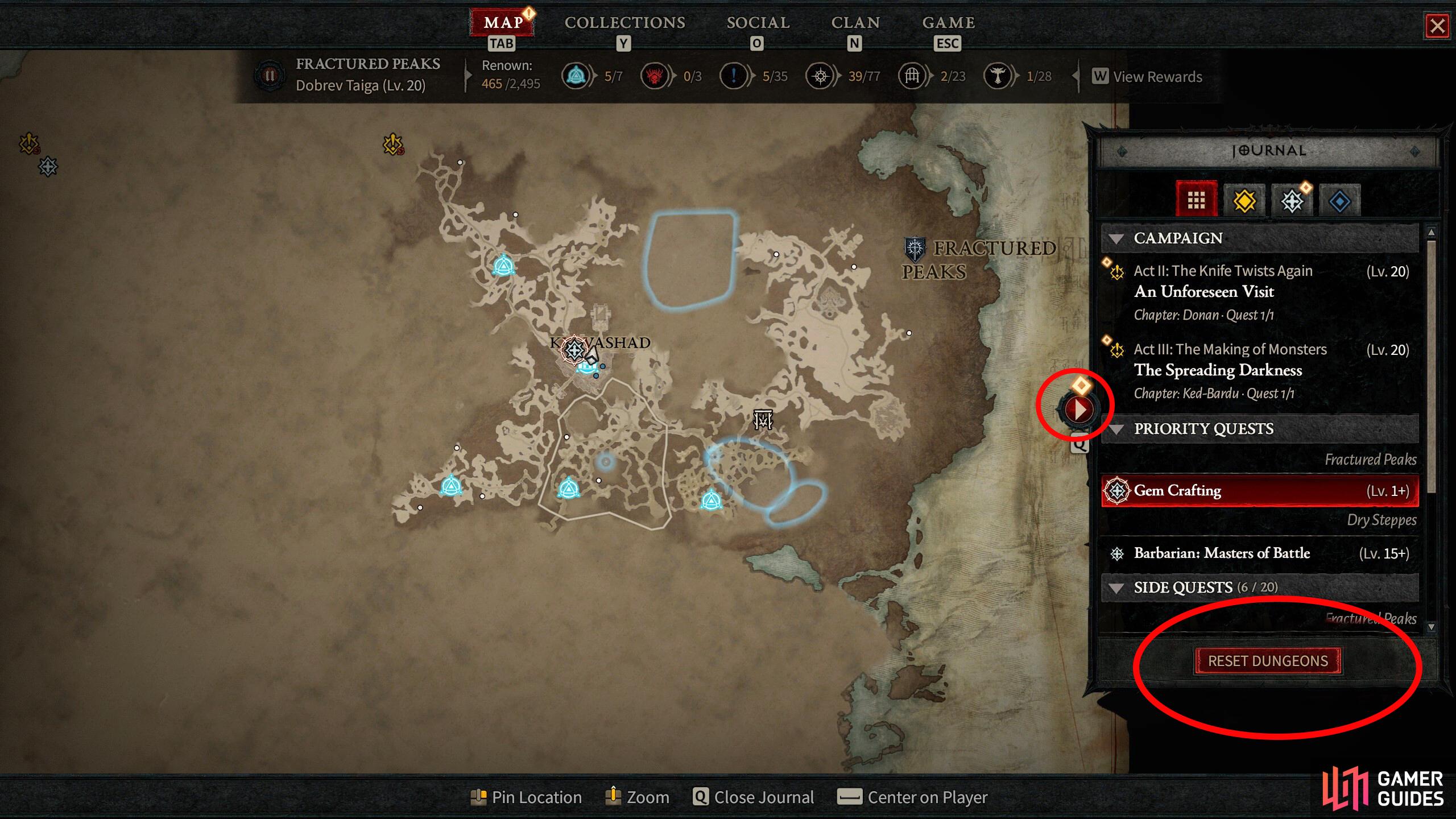

 Sign up
Sign up
No Comments